#cahokia
Photo

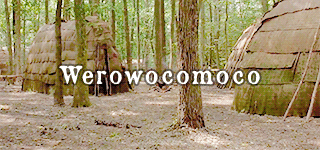

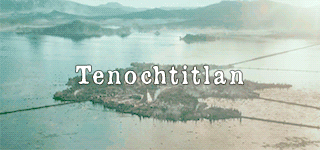



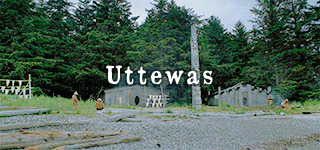
Pre-colonial Native American cities/settlements/meeting sites.
Sivan Vahki: just north of Casa Grande, Arizona, Sivan Vahki or Siwañ Waʼa Ki: was a large farming and trade network site of the Sonoran Desert people starting in the early 13th century.
Werowocomoco: With habitation beginning from the 13th century, Werowocomo was a village that later served as the headquarters of the werowance Wahunsenacah, Paramount Chief of the Powhatan confederacy.
Cahokia: Mississippian culture city dating from circa 1050–1350 CE, containing elaborately planned community, woodhenge, mounds, and burials.
Tenochtitlan: built atop a lake, Tenochtitlan was an Aztec altepetl, and was the largest city in the pre-columbian Americas at its peak. It is considered one of the most impressive cities in North America, and is today known as Mexico city.
Tikal: one of the most powerful ancient kingdoms of the Maya, and dates back as far as the 4th century BC, and may have had a population of up to 90,000.
Omahkoyis: Meeting place and trading and cultural hub for the Blackfoot, and later other tribes as well as settlers. The Blackfoot and their ancestors had inhabited the area as early as 12,000 BC, and would later also be known by other names. Colonizing efforts turned the area into a settlement, known today as the city of Edmonton.
Qusqu: also known as “Cuzco”, the city served as the capital for the Inca Empire from the 13th century up into the 16th century upon colonization. However, evidence shows that The Killke people occupied the region from 900 to 1200 CE, prior to the arrival of the Inca, and had constructed a fortress about 1100 CE.
Uttewas: later known as “Old Masset”, was one of the largest Haida villages on Haida Gwaii, and is home to a number of important cultural artifacts, such as numerous totem poles. Today its land is legally designated as Masset Indian Reserve No. 1.
#historyedit#Native American history#canadian history#american history#mexican history#peruvian history#cahokia#tenochtitlan#tikal#maya#aztec#nahua#history#justin's edits#ndn#native american
933 notes
·
View notes
Photo

Cahokia
Cahokia is a modern-day historical park in Collinsville, Illinois, enclosing the site of the largest pre-Columbian city on the continent of North America. The original name of this city has been lost – Cahokia is a modern-day designation from the tribe that lived nearby in the 19th century – but it flourished between c. 600-c. 1350 CE.
Continue reading...
107 notes
·
View notes
Text
Francis Spufford’s “Cahokia Jazz”

Tomorrow (December 5), I'm at Flyleaf Books in Chapel Hill, NC, with my new solarpunk novel The Lost Cause, which 350.org's Bill McKibben called "The first great YIMBY novel: perceptive, scientifically sound, and extraordinarily hopeful."

Francis Spufford's Cahokia Jazz is a fucking banger: it's a taut, unguessable whuddunit, painted in ultrablack noir, set in an alternate Jazz Age in a world where indigenous people never ceded most the west to the USA. It's got gorgeously described jazz music, a richly realized modern indigenous society, and a spectacular romance. It's amazing:
https://www.simonandschuster.com/books/Cahokia-Jazz/Francis-Spufford/9781668025451
Cahokia is the capital city of Deseret, a majority Catholic, majority indigenous state at the western frontier of the USA. It swirls with industry, wealth, and racial politics, serving as both a refuge from Jim Crow and a hive of Klan activity. Joe Barrow is new in town, a veteran who survived the trenches of WWI and moved to Cahokia with his army buddy, Phineas Drummond, where they both quickly rose through the police ranks to become detectives.
We meet Joe and Phin on a frigid government building rooftop in the predawn night, attending a grisly murder. Someone has laid out a man across a skylight, cut his throat, split his chest open, and excised his heart. This Aztec-inspired killing points at Cahokian indigenous independence gangs, some of whom embrace an apocryphal tale of being descended from Mesoamerican conquerors in the distant past. That makes this more than a mere ugly killing – it's a political flashpoint.
The Klan insists that Cahokia's system of communal land ownership is a form of communism (Russia never ceded Alaska in this world, so the USSR is now extending tendrils across the Bering Strait). They also insist that Cahokians' reverence for the Sun and the Moon – indigenous royals who have formally ceded power to elected leaders – makes them a threat to democracy. Finally, the Cahokians' fusion of Catholocism with traditional faith makes the spritually suspect. A rooftop blood-sacrifice could cause simmering political tension to boil over, and for ever white oligarch drooling at the thought of enclosing the shared land of Deseret, there are a thousand useful idiots in white hoods.
Joe and Phin now have to solve the murder – before the city explodes. But Phin seems more interested in pinning the case on an Indian – any Indian – than he is on solving the murder. And Joe – an indigenous orphan who has neither the language nor the culture that the Cahokians expect him to have – is reappraising his long habit of deferring to Phin.
This is the setup for a delicious whodunnit with a large helping of what if…? but Spufford doesn't stop there. Joe, you see, is a jazz pianist, and his old bandmates are back in town, and one thing leads to another and before you know it he's sitting in with them at a speakeasy. This gives Spufford a chance to roll out some of the most evocative, delicious descriptions of jazz since Doctorow's Ragtime (no relation):
https://www.penguinrandomhouse.ca/books/41529/ragtime-by-e-l-doctorow/9780812978186
It's not just the jazz. This is a book that fires on every cylinder: there's brilliant melee (and a major battle set-piece that's stunning), a love storyline, gunplay, and a murder mystery that kept me guessing right to the end. There's fakeouts and comeuppances, bravery and treachery, and above all, a sense of possibility.
Most of what I know about Cahokia – and the giant mounds it left behind near St Louis – I learned from David Graeber and David Wengrow's brilliant work of heterodox history, The Dawn of Everything:
https://pluralistic.net/2022/03/08/three-freedoms/#anti-fatalism
Graeber and Wengrow's project is to make us reassess the blank spaces in our historical record, the ways of living that we have merely guessed at, based on fragments and suppositions. They point out that these inferences are vastly overdetermined, and that there are many other guesses that fit the facts equally well, or even better. This is a powerful message, one that insists that history – and thus the future – is contingent and up for grabs. We don't have to live the way we do, and we haven't always lived this way. We might live differently in the future.
In evoking a teeming, indigenous metropolis, conjured out of minor historical divergences, Spufford follows Graeber and Wengrow in cracking apart inevitability and letting all the captive possibility flow out. The fact that he does this in a first rate novel makes the accomplishment doubly impressive – and enjoyable.

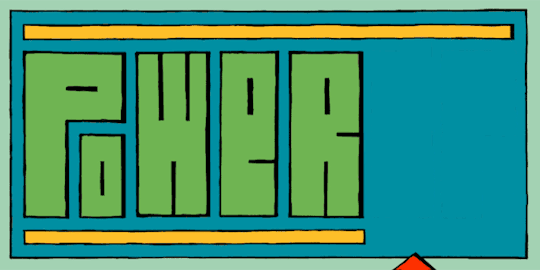
It's EFF's Power Up Your Donation Week: this week, donations to the Electronic Frontier Foundation are matched 1:1, meaning your money goes twice as far. I've worked with EFF for 22 years now and I have always been - and remain - a major donor, because I've seen firsthand how effective, responsible and brilliant this organization is. Please join me in helping EFF continue its work!

If you'd like an essay-formatted version of this post to read or share, here's a link to it on pluralistic.net, my surveillance-free, ad-free, tracker-free blog:
https://pluralistic.net/2023/12/04/cahokia/#the-sun-and-the-moon
#pluralistic#alternate history#science fiction#indigeneity#cahokia#frances spufford#books#reviews#gift guide#jazz#music
93 notes
·
View notes
Link
Just a river’s crossing away from St. Louis, Missouri, rests an ancient and mysterious anthropological site that few Americans know of. Scholars still discuss the potential reasons for the demise of Cahokia, a massive settlement that may have housed as many as 20,000 people by 1050 A.D. The metropolis, which sits in the fertile floodplain of the Mississippi River Valley that’s now western Illinois, was made up of towering, handmade earthen mounds, the largest of which still exists at the Cahokia Mounds State Historic Site. While there are a lot of unknowns when it comes to this ancient civilization, including why it disappeared, remains have helped researchers paint a picture of what the city was like at its peak...
#Cahokia#archaeology#science#history#native people#turtle island#north america#ancient history#first nations
153 notes
·
View notes
Text

This is the Smithsonian's Bureau of Ethnology map showing the general distribution of mound sites they had identified in the eastern half of the USA by the late 1800s. The red dots indicate areas where mounds, sometimes hundreds, were found. However, they typically then looked only at places that were easily visited: by roads, railways, and rivers. For just one simple example, the entire Gulf coast of Florida should be solid red. Another example: the mountains of NE Alabama has hundreds to a thousand or more stone mounds that were not found until the 2000s.
58 notes
·
View notes
Text
youtube
Cahokia : A Mississippian Metropolis
from Ancient Americas
69 notes
·
View notes
Text
Cahokia, a lost pre-Columbian civilization, was suddenly destroyed around 1150 AD. Archaeologists had to turn to tree ring records to discover the surprising cause.
#Tree Rings#Cahokia#Lost Civilization#Dendrochronology#Climate#Drought#ancient#history#ancient origins
30 notes
·
View notes
Photo
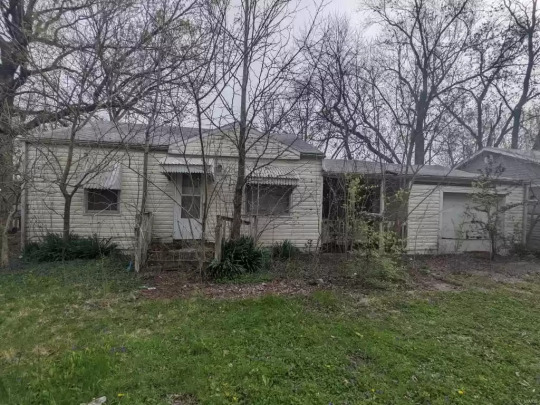
Williams Street, Cahokia, Illinois.
317 notes
·
View notes
Text

St Louis, from the summit of Cahokia
#modern mega city from the top of an ancient mega city#just neato#cahokia#the dumbest shit in the weirdest places#traveling#travel#road trip#photography#photo#driving
11 notes
·
View notes
Text

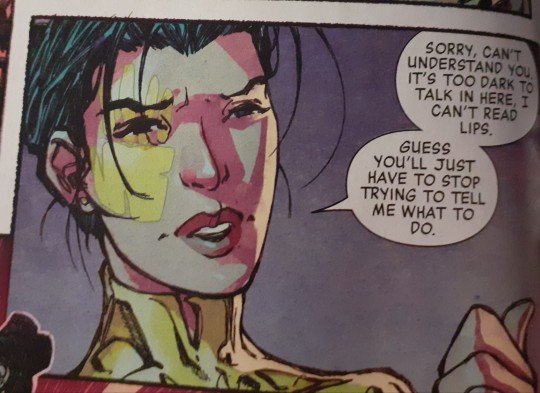






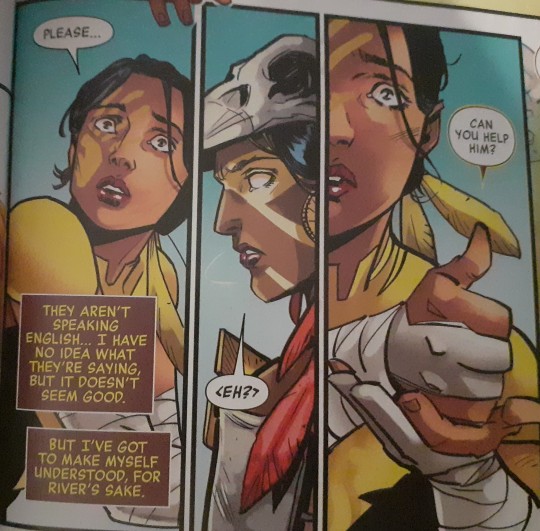


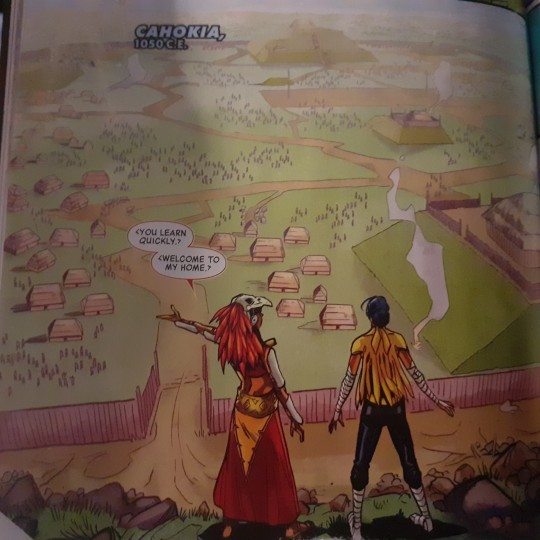
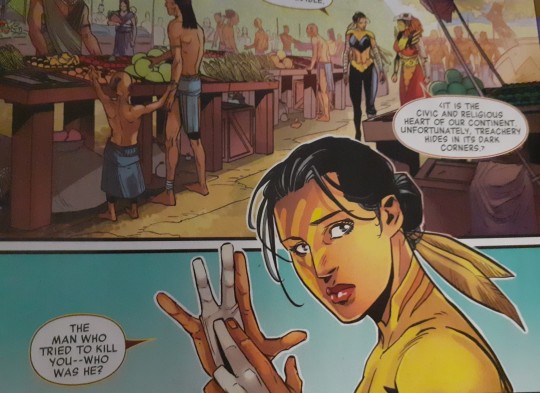
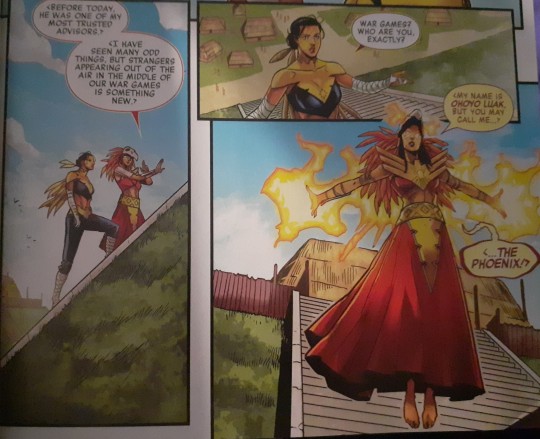
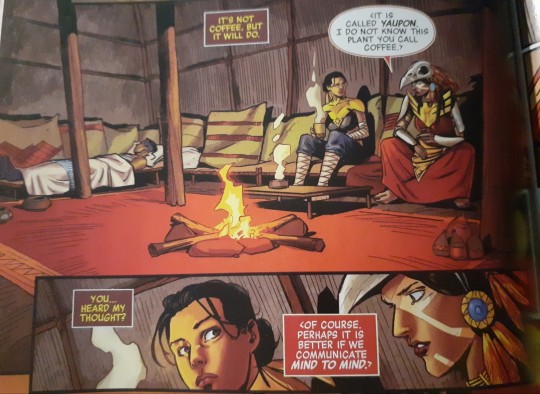

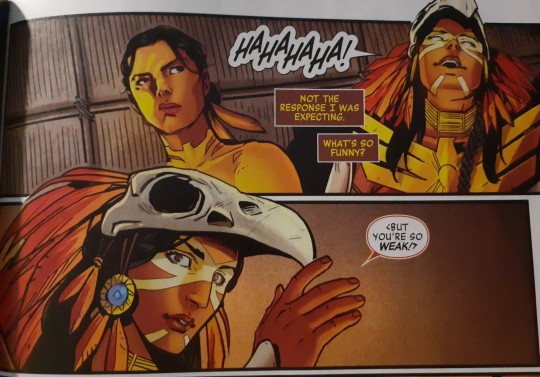

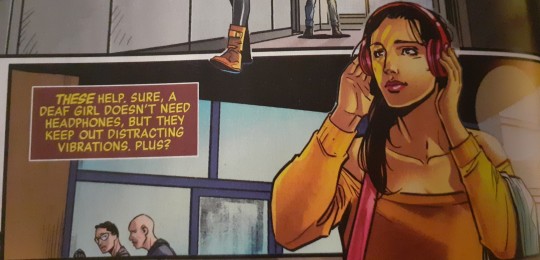
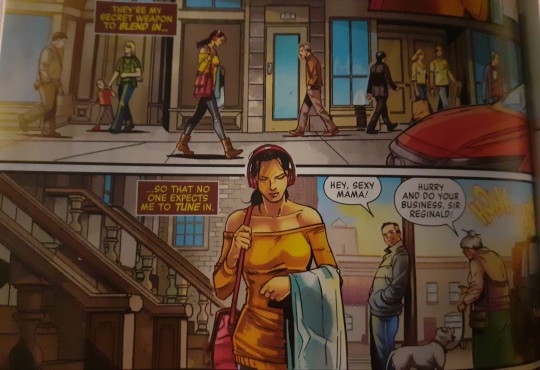
Maya Lopez +deafness in Phoenix Song: Echo #1-#4 (2021)
#maya lopez#marveledit#deaf#deafness#sign languages#asl#native american sign language#cahokia#phoenix song#echo#choctaw
74 notes
·
View notes
Video
Missouri Pacific / Cotton Belt - Cahokia, IL by d.w.davidson
Via Flickr:
An SP bay window caboose on the rear of a southbound SSW train passes MP power in the siding at Cahokia, in May 1985.
#ssw#cotton belt#sp#southern pacific#mp#missouri pacific#1985#trains#freight train#history#cahokia#illinois
19 notes
·
View notes
Text

Sunrise over Indian Mounds.
#travel photography#photography#space aesthetic#astrophotography#outer space#cahokia#red sun#sunrise
5 notes
·
View notes
Note
Okay, gotta ask - where can we read more about Cahokia?
XD That's a BIG subject obvsl, and there's allot of research and scholarship on it out there, not all of which will agree with the take I presented. I particularly enjoyed Graeber and Wengrow's handling of it in The Dawn of Everything(pp. 330, 399, 452, 464-9, 475, 482, 503), which is probably the most direct inspiration for that particular reblog-reply(tho: their handling of it is part of larger arguments, so it'd probably be better if you, at least, read from Chapter 9 to the conclusion to see HOW they're using it and why).
Another discussion of Cahokia I love, though it only touches on the issues I mentioned in that reply sort of tangentially(ie: by discussing all the human sacrifice they were doing), is Ancient Faith and the Fall of Cahokia, a lecture the anthropologist Tim Pauketat gave as part of the Chicago Humanities Festival in 2017...
...Or at least I THINK that's the lecture I liked; it's the most likely one in my youtube History, but I haven't watched it recently so idk if it is THE one(the one I'm remembering was a discussion of how the religion practiced at Cahokia was embedded both in the landscape and in a sort of "conversation" with cosmic forces? And how the sacrifices related to that "conversation"?? So if that lecture is about that then it IS the one I remember). The channel Ancient Americas also has a good summary of the research on Cahokia circa 2022, though the channel-runner's not an academic so he just sticks to the consensus positions.
#Anons#Followups#Cahokia#Archaeology#Anthropology#History#Native Americans#ask replies#Our Staff#zA Opinions
6 notes
·
View notes
Text
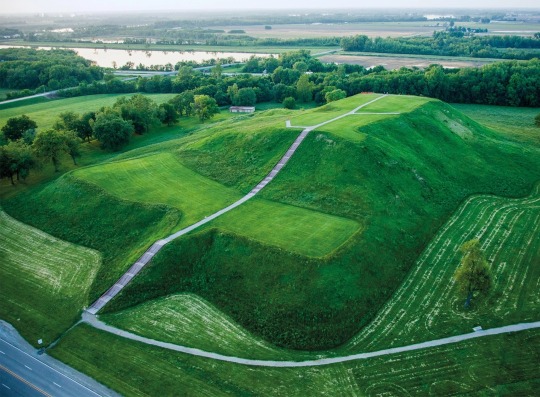
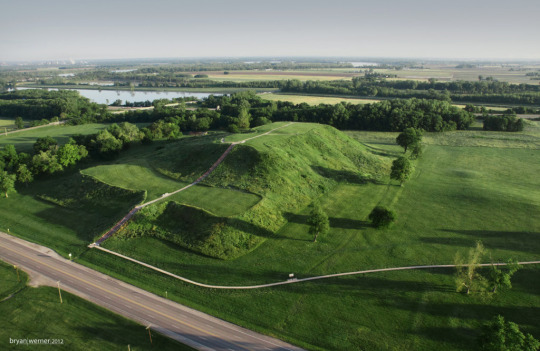
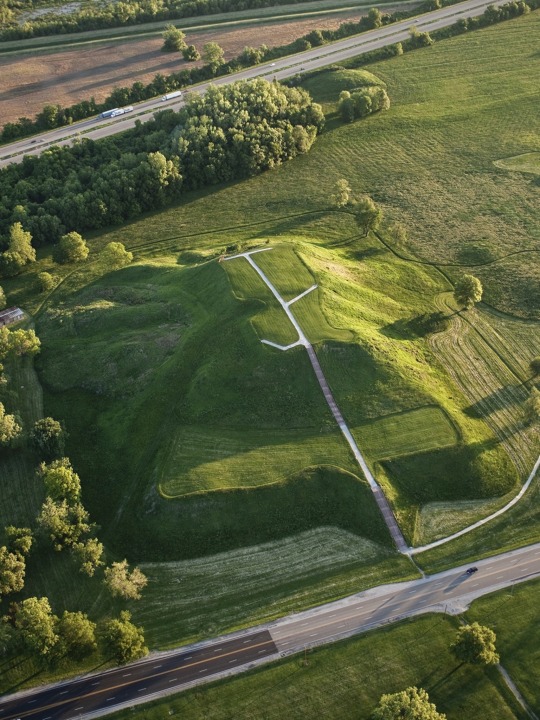

Monk’s Mound
the largest Pre-Columbian earthworks in the Americas which includes the largest pyramid north of Mesoamerica
1000 feet (305 m) in length, 700 feet (213 m) wide, and 100 feet (30.5 m) high, the pyramid at Cahokia Mounds is roughly 1100 years old and speculated to have taken a mere 20 years to complete building.
Oddest part of this piece of ancient history is having to say this pyramid was constructed in what we now know as Illinois, USA.
#pyramids#pyramid#cahokia#archaeology#americas#ancient civilizations#ancient ruins#ruins#ancient art#ancient history#ancient world#ancient#ancient architecture#architecture#art#nature#nature art
84 notes
·
View notes
Text
Cahokia woodhenge solar calendar…

51 notes
·
View notes
Text
Cuando Europa descubrió América, no cruzaron por casualidad un continente vacío. América del Norte está llena de ruinas de culturas anteriores, olvidadas hace mucho tiempo.
#Estados Unidos#Canadá#Cahokia#Hopewell#geoglifo#Poverty Point#Watson Brake#Chaco Canyon#Dorset People
2 notes
·
View notes
